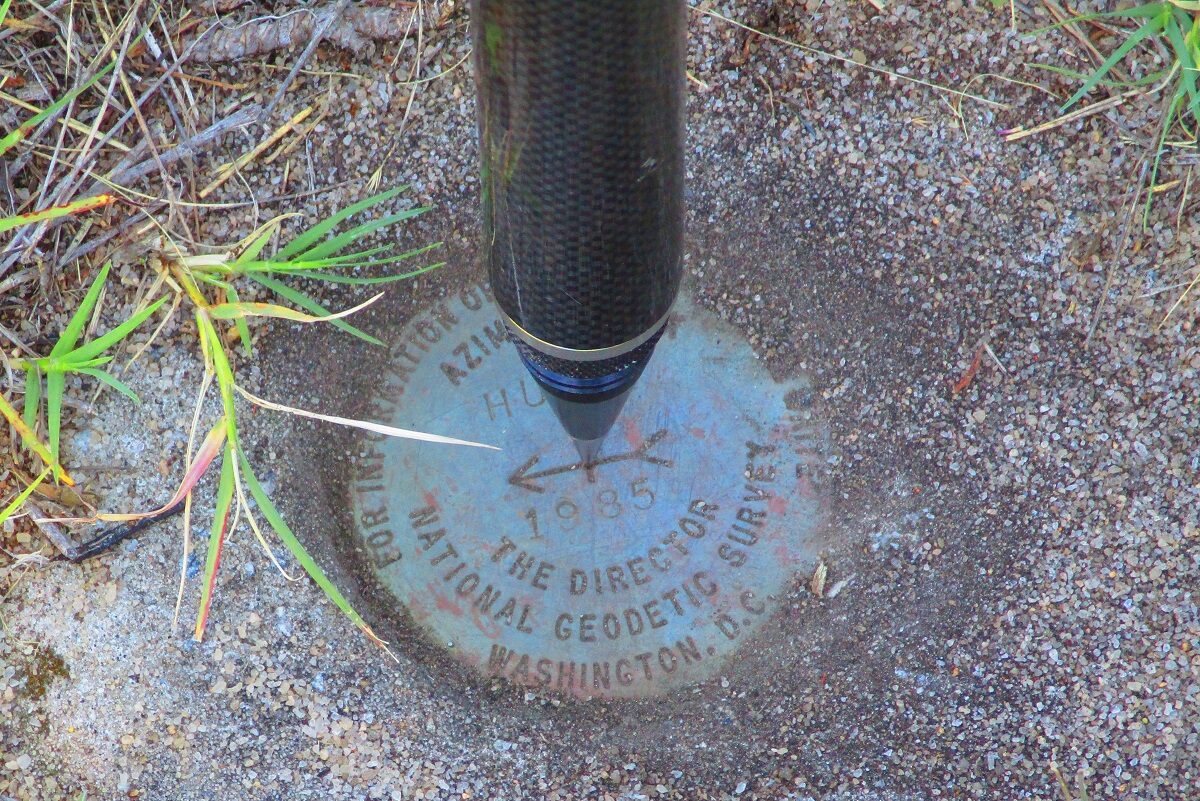Field test evaluation of the Ardusimple simpleRTK2Blite (ZED-F9P) operating in RTK mode on the South Carolina Virtual Reference Network


In 2020, Professor Michael E. Hodgson, from the Department of Geography, University of South Carolina, Columbia, SC, USA completed a rigorous field test evaluation of the Ardusimple simpleRTK2Blite Starter kit (ZED-F9P based) operating in RTK mode on the South Carolina Virtual Reference Network (SCRTN). The receiver and antenna were the stock items received with the only modification was to attach the ANN-MB antenna on a steel plate with 5/8″ nut for mounting on a 2-meter fixed height pole.
A longer occupation test was conducted with the antenna plumbed over a survey monument to examine the performance over short and longer averaging times and to look at the dispersion of subsequent one-second observations in a temporal period. The Baseline was 96-meters. The observed accuracies (RMSE) for the horizontal and vertical dimensions were 1.3-cm and 1.8-cm, respectively.
He subsequently tested the accuracy (horizontal and vertical) in a piedmont environment (central South Carolina) and a modest mountainous environment (northern South Carolina) at different National Geodetic Survey monuments. The context of the tests were to evaluate the performance as a research scientist or surveyor would use the unit attached to an RTK network. For the piedmont environment the evaluation used 36 NGS monuments. The horizontal and vertical accuracies (RMSE) observed were 2.18-cm and 2.20-cm, respectively.
Professor Hodgson was in the process of retiring his Topcon GRS-1 receiver/antenna and was looking for a suitable multi-constellation and L1/L2 replacement. The review was conducted for his university research use to support with evaluation of LiDAR data and aerial image georectification/model building from drone imagery.
The full research article published in the refereed journal GIScience and Remote Sensing is now available online free of charge through Taylor/Francis at: https://doi.org/10.1080/15481603.2020.1822588
 and
and 


